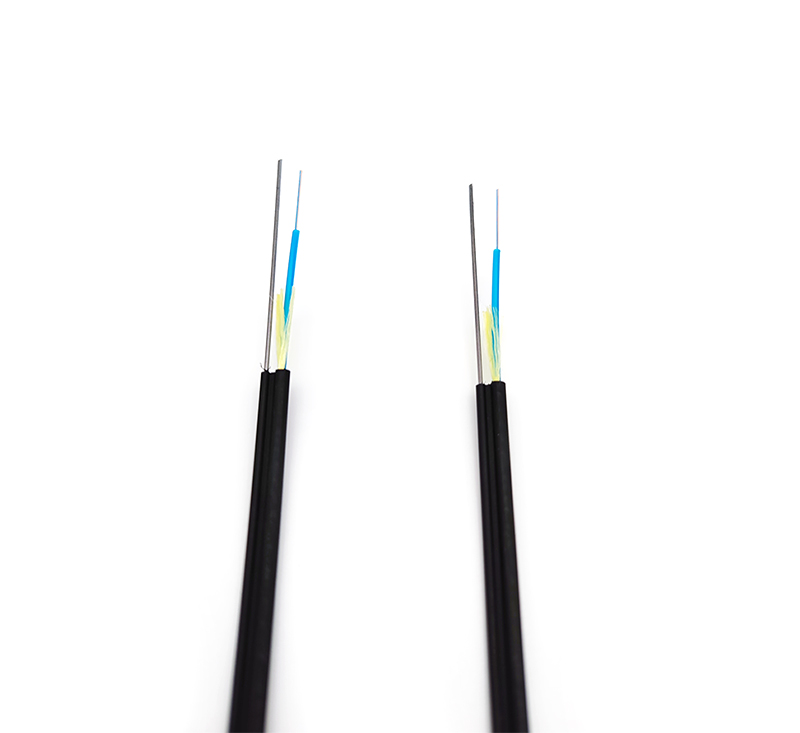Power cables and wires and cables play an important role in people's life and production. Do you know what to pay attention to when purchasing power wires and cables? When selecting wires and cables, generally pay attention to the selection of wire and cable models and specifications (conductor cross-section).
⒈ Selection of wire and cable models
When selecting wires and cables, use, laying conditions and safety should be considered; for example,
According to different uses, power cables, overhead insulated cables, control cables, etc. can be selected;
According to the different laying conditions, general plastic insulated cables, steel tape armored cables, steel wire armored cables, anti-corrosion cables, etc. can be selected;

According to safety requirements, non-extended combustion cables, flame-retardant cables, halogen-free flame-retardant cables, fire-resistant cables, etc. can be selected.
⒉ Selection of wire and cable specifications
When determining the use specification (conductor section) of the wire and cable, the selection conditions such as heat generation, voltage loss, economic current density, and mechanical strength should generally be considered.
According to experience, low-voltage power lines generally select the cross-section according to the heating conditions due to their large load current, and then check their voltage loss and mechanical strength; low-voltage lighting lines have high requirements on voltage levels, and can first be based on the allowable voltage loss conditions. Select the cross section, and then check the heating conditions and mechanical strength; for high-voltage lines, first select the cross-section according to the economic current density, and then check the heating conditions and allowable voltage loss; for high-voltage overhead lines, the mechanical strength should also be checked. If the user is inexperienced, he should consult the opinions of relevant professional units or persons. The selection of general wire and cable specifications is shown in the following table:
Wire and cable specification selection reference table
Conductor section mm 2
Copper core PVC insulated cable Ambient temperature 25℃
Overhead laying 227 IEC 01 (BV) Copper core PVC insulated power cable
Ambient temperature 25℃
Direct burial laying VV22-0.6/1 (3+1)
Steel core aluminum stranded wire Ambient temperature 30 ℃ overhead laying










